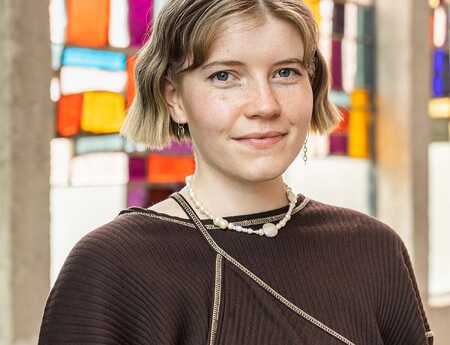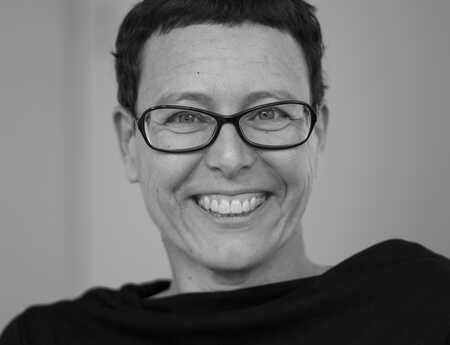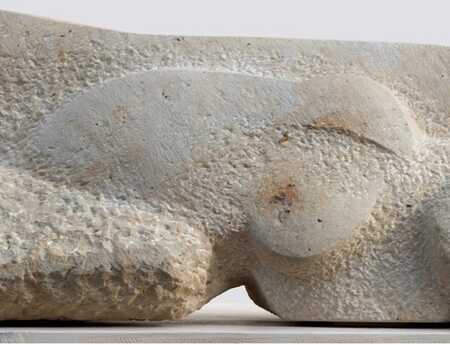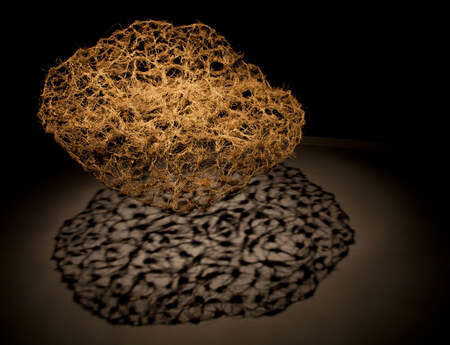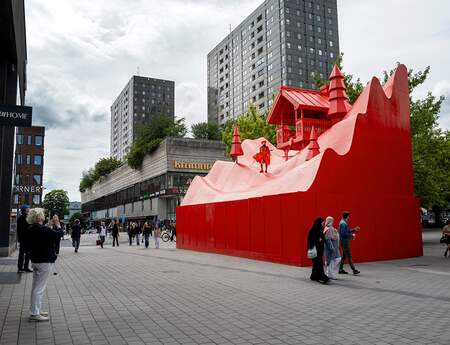The Online Club: Greetings from Prague
What impact can a curator have on generations of artists? In this edition of The Online Club, Veronika Čechová introduces the legacy of Jindřich Chalupecký and his enduring influence on Czech contemporary art, joined by award-winning artists Pavla Sceranková and Kryštof Brůha.
On 31 March 2025, curator Veronika Čechová unpacks the legacy of Jindřich Chalupecký (1910-1990), an influential curator and writer, and his lasting support of experimental contemporary art in the Czech Republic. From the start of his career in the 1930s to now, Jindřich Chalupecký has fostered the growth of avant-garde artists in the Czech Republic. This support is now delivered through the annual Jindřich Chalupecký emerging artist award. It is the most prestigious recognition for emerging visual artists in the country, celebrating innovative artistic practices and providing recipients with exhibition opportunities, international residencies, and both professional and financial support.
Pavla Sceranková and Kryštof Brůha are both laureates and finalists of the award. They joined Veronika Čechová to share more about their artistic practice. Their work reflects the dynamic and evolving nature of Czech contemporary sculpture.
Curator and new Sculpture Network coordinator Veronika Čechová welcomed participants to The Online Club: Greetings from Prague. Veronika is the curator of the Jindřich Chalupecký Society (JCHS) and co-director of Entrance Gallery and also works as an independent curator across selected projects. Across all these roles, she is actively engaged in the contemporary art scene in the Czech Republic. Central to her practice is acting as the mediator between artists, ideas, and audiences.
Since 2017, she has been working as a curator on the team of the JCHS – a platform for Czech post-revolutionary and contemporary art in an international context. In collaboration with a number of partner institutions throughout the Czech Republic and internationally, the JCHS organizes exhibitions, public programs, residencies for artists and curators, and educational and publication projects.
In order to understand the region’s artistic landscape, Veronika shares the significance of Jindřich Chalupecký’s impact on the Czech post-revolution art scene. Jindřich Chalupecký was an influential theorist, critic, and curator in Czechoslovakia who lived through the many changes of the 20th century. Chalupecký has been described as the defender of the arts during various governing regimes that frequently censored the work of artists. He was instrumental in bringing avant-garde art to Prague and advocating for new developments in modernism. Fundamental to his advocacy was questioning the role of art in society. He repeatedly advocated for art and artistic ideas to be critically examined and respected in the same way as religion.

His legacy lives on today through the Jindřich Chalupecký Award. The award was launched in 1990 shortly after his passing, making the current 2025 edition already a 36th iteration of this highly anticipated annual event.
After Veronika Čechová, Košice-born artist Pavla Sceranková (1980, Slovak Republic) spoke about her experience as a finalist of the Jindřich Chalupecký Award in both 2007 and 2015 and its impact on her artistic practice so far.
In 2007, she was selected as a finalist in the Jindřich Chalupecký Award. Her practice at this time was concerned with memory. Specifically questioning how memory changes the physical form of objects in our minds. This is also exemplified in Either Or. A teapot is broken and then reconstructed to expand and contract to its original form with the help of radio antennas.
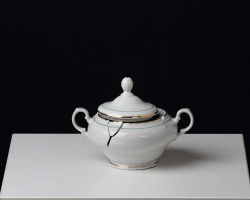
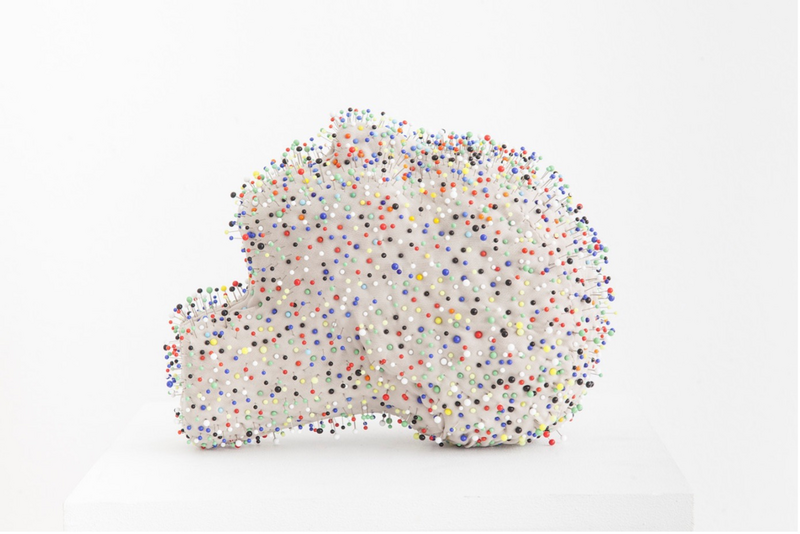
More recently, her practice is concerned with studies on empathy. Exploring how art must reflect on the multiple crises we are living through. Built on the basic idea of sharing experiences with visitors. She explores these ideas through her sculptures of simple heads made from modeling clay. Each artwork title reveals a key characteristic or function for each head, which is often singular and mundane. These sculptures break through the noise of busy 21st-century lives and encourage us to reflect and share more with one another.
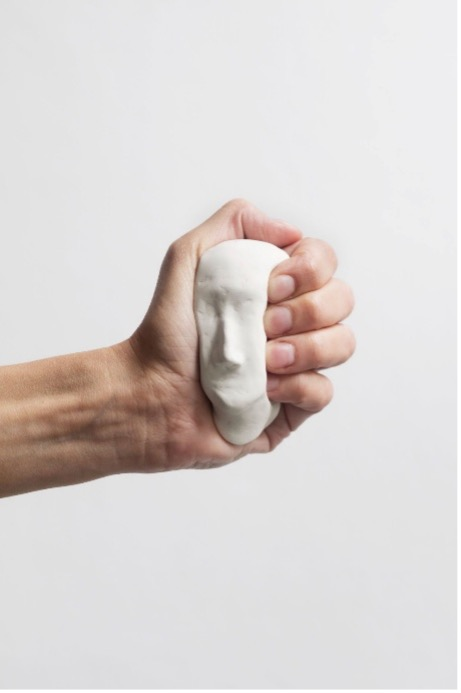
|
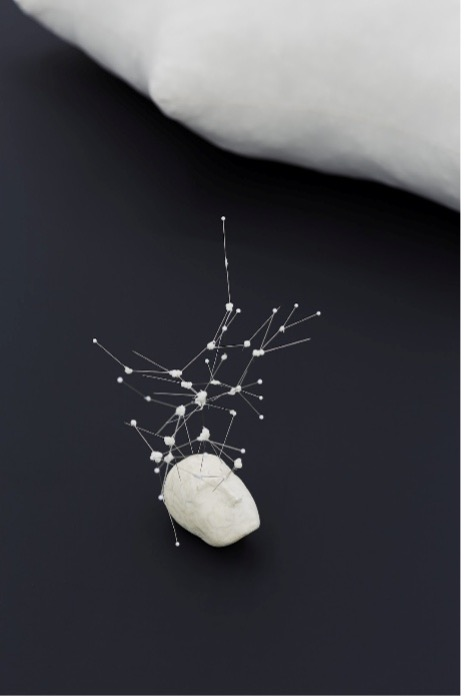
|
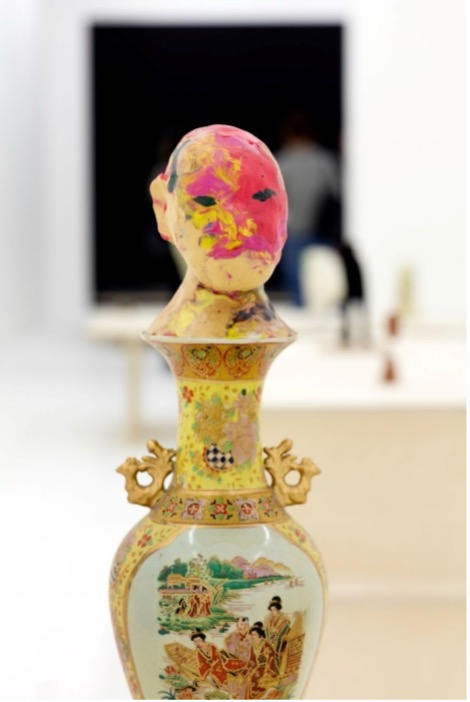
|
(Left to right) Pavla Sceranková, a head that wakes up at 4 a.m., color photograph in frame, 2023. a head that thinks of all the possibilities, modelling clay, pins, 20 cm, 2023. head that knows everything, plasticine, found porcelain, 80 cm, 2023.
Following Pavla Sceranková, Kryštof Brůha was awarded the Jindřich Chalupecký Award in 2023. Kryštof explains that his practice aims to make visible the unseen world around us. He makes kinetic sculptures and machines that operate in collaboration with the environment.
His kinetic sculpture Inter Solaris collaborates with the sun to mark time on the earth. The sculpture enacts an iterative performance marked by time, sun, and earth. In order for this performance to occur, Kryštof carefully scouts a location that will provide enough light to activate his sculpture. After, the sculpture harnesses the sun's rays to remelt and mark rocks sourced from the surrounding environment. Inter Solaris aimed to record the moment that was inscribed into the rock through its remelting. In addition to the medium, the rock also served as evidence of the event's location.

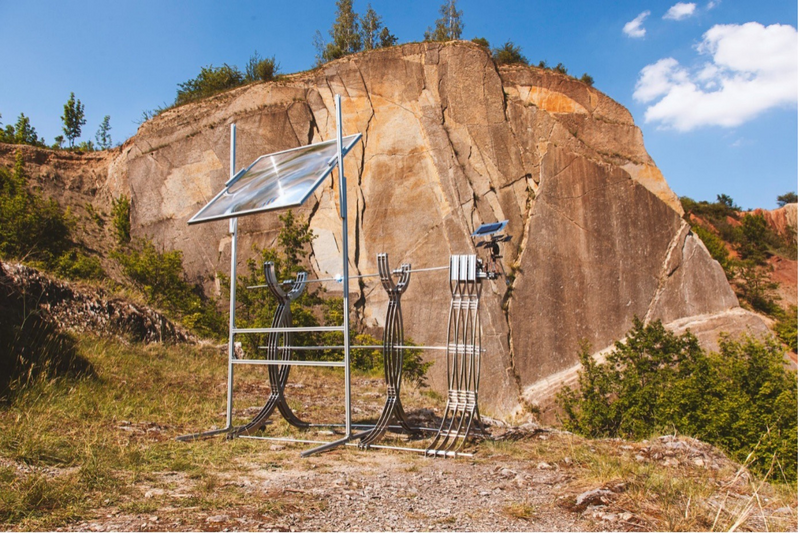
His recent sculpture, Audire Fluctus, connects the physical world with invisible electromagnetic fields that constantly surround us. The work monitors the technological activity of its surroundings and visualizes electromagnetic radiation generated by electrical networks, communication means, and devices operating on the basis of electric current. Electromagnetic fields that we cannot perceive directly under normal circumstances are converted into light and color patterns through Audire Fluctus. The sculpture thus opens the question of how we perceive and translate a reality that is partially invisible but fundamentally present.
Both artists, although vastly different, use sculpture to bring forth unseen worlds.
Myfanwy Halton wrote this text in English.

